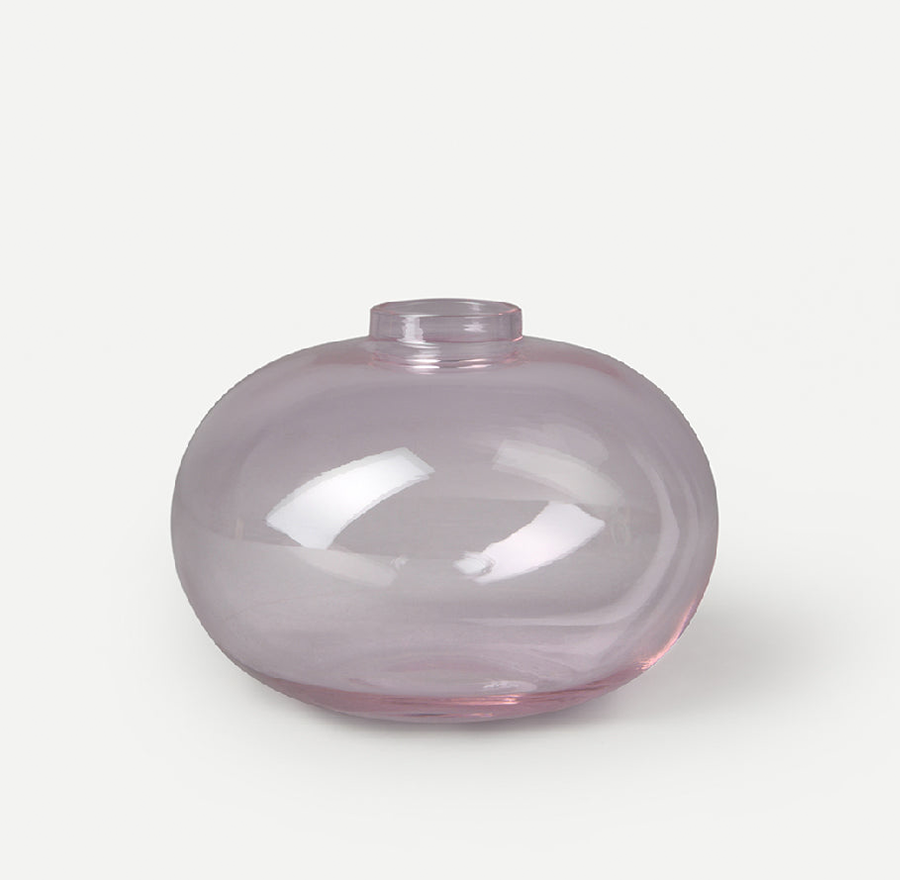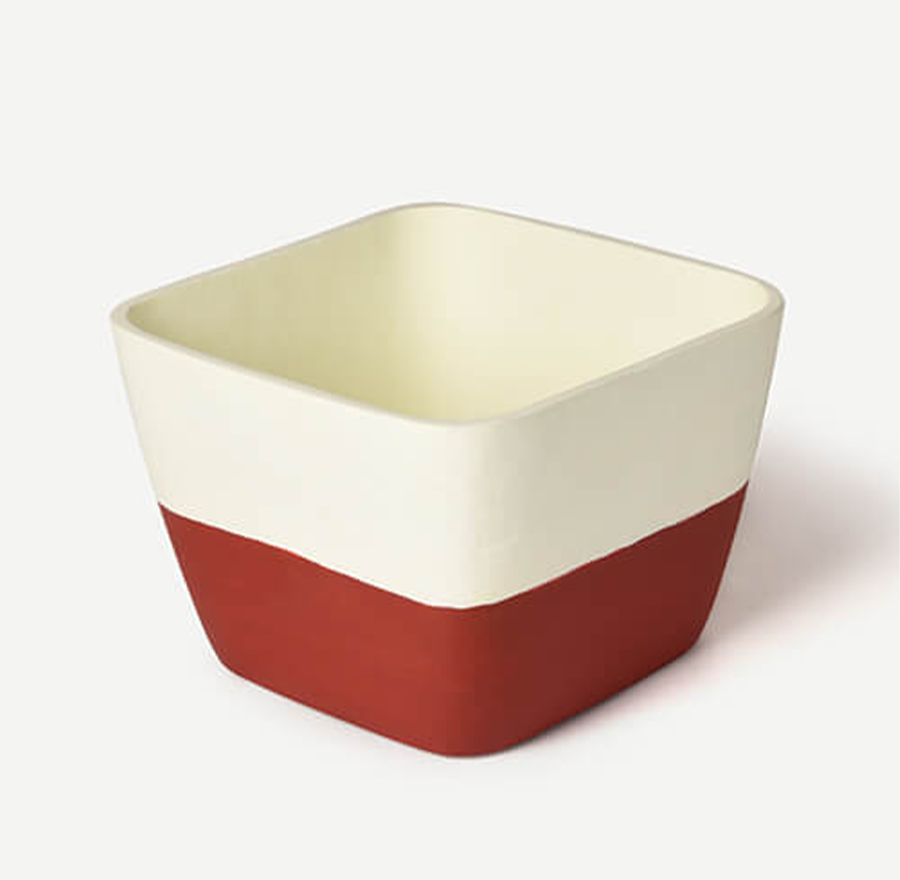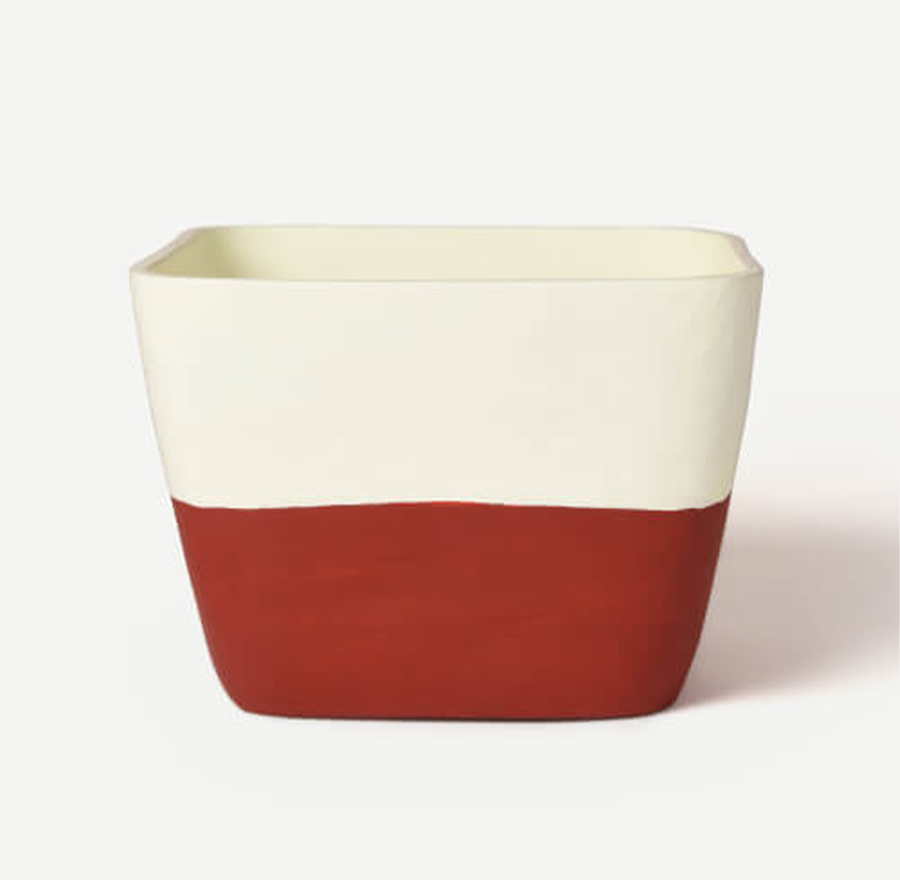KIBACHE VASE
This charming ceramic vase adds a muted sophistication to living spaces
![]() Only 2 Left
Only 2 Left
This charming ceramic vase adds a muted sophistication to living spaces
Craft Type: Kutch Clay
A craft inspired by a ubiquitous yellow vessel found in Indian kitchens, colloquially known as the Barni, Jaddi, Kola Jaadi, Bharnai or Jaadeelu. Our artist from Auroville has used her fond memories of watching a wise matriarch carefully store handmade pickles in off-coloured mustard jars to create tableware. Her pieces invoke the same feeling of quiet contemplation experienced while waiting for the pickle to cure in a quaint corner of the verandah. We mould the essence of the venerated Barni, into exquisite stoneware, with each piece manifesting a distinct mustard glaze.
Made in: Gujarat
Material: Ceramics
Dimensions (cm): 17.6(L) x 17.6(B) x 40(H); Dia: 17.6
Dimensions (inches): 6.9(L) x 6.9(B) x 15.7(H); Dia: 6.9
Weight: 2980 grams
No. of pieces in a set: 1, One Vase
- Many kinds of clays are available for this kind of pottery but our studio potters from Auroville and Shantiniketan use ball clay since it is found in abundance around them and can be treated very easily. This clay is carefully prepared by our potters using exact proportions.
- Kneaded to perfection, the prepared clay is then mounted on the potter's wheel.
- Where our craftsmen give it a shape using traditional hand-building techniques.
- Once the shape is ready it's fired in a bisque powered by local fuel.
- After the shape solidifies, it's glazed to give it a natural sheen.
- Once ready, the piece is left to dry under the sun for 2-3 days.
- On drying, this piece is glazed by dipping, trailing or brushing on a thin slurry composition of the glaze and water and then it's fired in a bisque.
- The colour of the glaze changes significantly before and after firing.
- Please note that the process of glazing renders porous pottery vessels impermeable to water and other liquids, thereby increasing their shelf life.
DO:
- Hand wipe your vessels regularly, using only a soft cloth or sponge.
- Give your vessels enough time to dry before storing, this helps to retain their natural finish.
DON'T:
- Use a harsh stainless steel/metal scrubber to clean.
- Put your vessels in a dishwasher to rinse or clean.
- Description
- Process & Craft
- Care
Craft Type: Kutch Clay
A craft inspired by a ubiquitous yellow vessel found in Indian kitchens, colloquially known as the Barni, Jaddi, Kola Jaadi, Bharnai or Jaadeelu. Our artist from Auroville has used her fond memories of watching a wise matriarch carefully store handmade pickles in off-coloured mustard jars to create tableware. Her pieces invoke the same feeling of quiet contemplation experienced while waiting for the pickle to cure in a quaint corner of the verandah. We mould the essence of the venerated Barni, into exquisite stoneware, with each piece manifesting a distinct mustard glaze.
Made in: Gujarat
Material: Ceramics
Dimensions (cm): 17.6(L) x 17.6(B) x 40(H); Dia: 17.6
Dimensions (inches): 6.9(L) x 6.9(B) x 15.7(H); Dia: 6.9
Weight: 2980 grams
No. of pieces in a set: 1, One Vase
- Many kinds of clays are available for this kind of pottery but our studio potters from Auroville and Shantiniketan use ball clay since it is found in abundance around them and can be treated very easily. This clay is carefully prepared by our potters using exact proportions.
- Kneaded to perfection, the prepared clay is then mounted on the potter's wheel.
- Where our craftsmen give it a shape using traditional hand-building techniques.
- Once the shape is ready it's fired in a bisque powered by local fuel.
- After the shape solidifies, it's glazed to give it a natural sheen.
- Once ready, the piece is left to dry under the sun for 2-3 days.
- On drying, this piece is glazed by dipping, trailing or brushing on a thin slurry composition of the glaze and water and then it's fired in a bisque.
- The colour of the glaze changes significantly before and after firing.
- Please note that the process of glazing renders porous pottery vessels impermeable to water and other liquids, thereby increasing their shelf life.
DO:
- Hand wipe your vessels regularly, using only a soft cloth or sponge.
- Give your vessels enough time to dry before storing, this helps to retain their natural finish.
DON'T:
- Use a harsh stainless steel/metal scrubber to clean.
- Put your vessels in a dishwasher to rinse or clean.




















